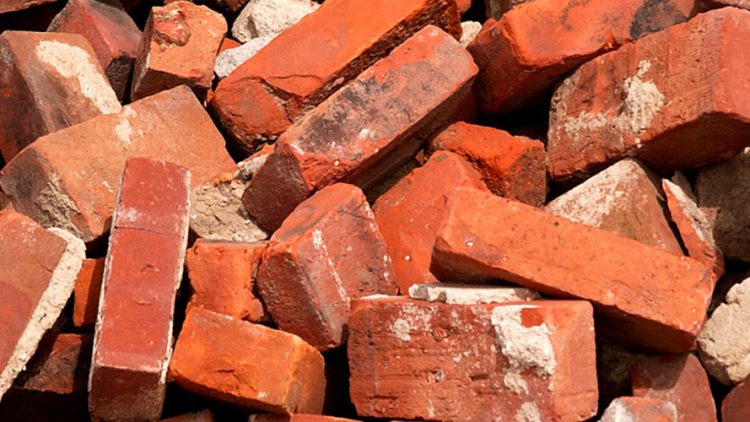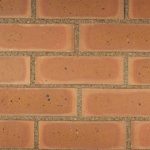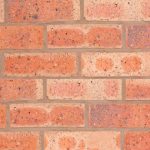A brick is a brick, right?
Bricks are the real-life Lego pieces essential to almost every home built, and hopefully not lying around to step on in the dead of night. They’re all the same, right? Wrong. Bricks come in a variety of strengths, shapes and sizes to meet almost every need.
Knowing brick basics like reasons for cost differences, and types will aid in ensuring the best return on your investment. After all, what good is house if it doesn’t keep the weather out?
To start off, let’s look at strength.
Strength is an important aspect, with approved bricks being between 7-14Mpa and carrying a valid SABS certificate. Like a good wine, the strength of a brick depends on how long it is given to mature post production. The longer they mature, the stronger they are.
With that in mind, we can move on to brick type:
Face Brick Extra (FBX)
FBX is the golden standard of bricks, the star of the family. Selected/produced for durability and the highest degree of uniformity in size, shape and colour, they can be used where perfection is required on both the interior and exterior of the build.
Face Brick Standard (FBS)
Although not of golden standard, these durable clay bricks remain uniform in size and shape, and can be used for all general masonry projects. Tolerance-wise, the standard is not as strict as for FBX but a high quality brick is still produced.
Face Brick Aesthetic (FBA)
FBA’s are used for their aesthetic effect, derived from non-uniformity in shape, size and colour, giving a ‘rustic’ feeling to the project. Despite looks, they remain durable, and may also be called semi-face bricks.
Non-facing Plastered (NFP)
These bricks are the most common in use and recommended for their balance between cost, strength and damp-proofing. Suitable for general building work, that will be plastered, they may also be called stock or plaster bricks. A close relative, the Non-facing extras (NFX) are suitable for use in general building work where durability, rather than aesthetic is required. They can be plastered or unplastered and may be used in damp conditions (ie. Underground)
Cement Stock Brick
This brick is often selected as a cheaper building option for plastered walls. They are manufactured to the same brick size standard, with larger (maxi) options also available. Bricks with a strength of 7MPa can be used for single storey builds / boundary walls, whilst 10MPa is required for double storey builds. Caution: builders often quote on these bricks as they are entry level. Despite production to a standard, they are not recommended due to their low strength.
Now that we know the family, let’s move on to some benefits of going the clay route:
Acoustics
Acoustic insulation is the ability of a wall to resist/block sound (airborne), such as talking or music. In addition to their thermal properties, the density of clay bricks provides the maximum insulation
against noise making them ideal for use in a noisy neighbourhood.
Cost
Buildings should be built to last, with factors such as long-term durability, low maintenance and energy saving abilities being key factors related to brick choice. Clay bricks ensure solid quality constructions and offer the most efficient and cost-effective long-term solutions to any building project, fulfilling life-cycle requirements.
Durability
Durability is an important factor is sustainable building design – the longer a building lasts, the fewer materials and energy it will consume during its lifetime. Clay bricks are durable, timeless and complement both the aesthetic and functional needs of any building. Many centuries-old structures made from clay brick stand today as a reminder of the durable quality of clay. So, with very little maintenance building made from clay can outlast generations.
Strength
Clay bricks vary in compressive strength as a result of raw material quality and firing method. Strength can vary between 7MPa for NFP to over 50MPa for FBX, with custom tolerances and strengths also available for load-bearing designs.
Weatherproof
Clay bricks are water resistant, making them impervious to all weather conditions. Their makeup allows them to absorb moisture from rain/water vapour and release it quickly back into the atmosphere, a quality specific to clay. Other building materials lack this structural makeup, and retain moisture for longer periods of time.
Building your new home comes with endless choices from design to finishes. Make sure to get the basic building blocks right by understanding the different types, their advantages and why there may be a cost difference. Cheaper is not always better, especially in the case of brick choice.
At Investbuild we offer a complete open book costing that breaks down each item in your build in a clear and transparent way, so that you know exactly where your money is going. Don’t hesitate to call if you’d like to talk to us about your project.










